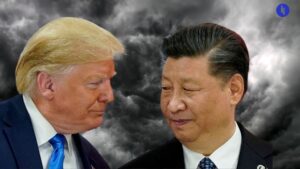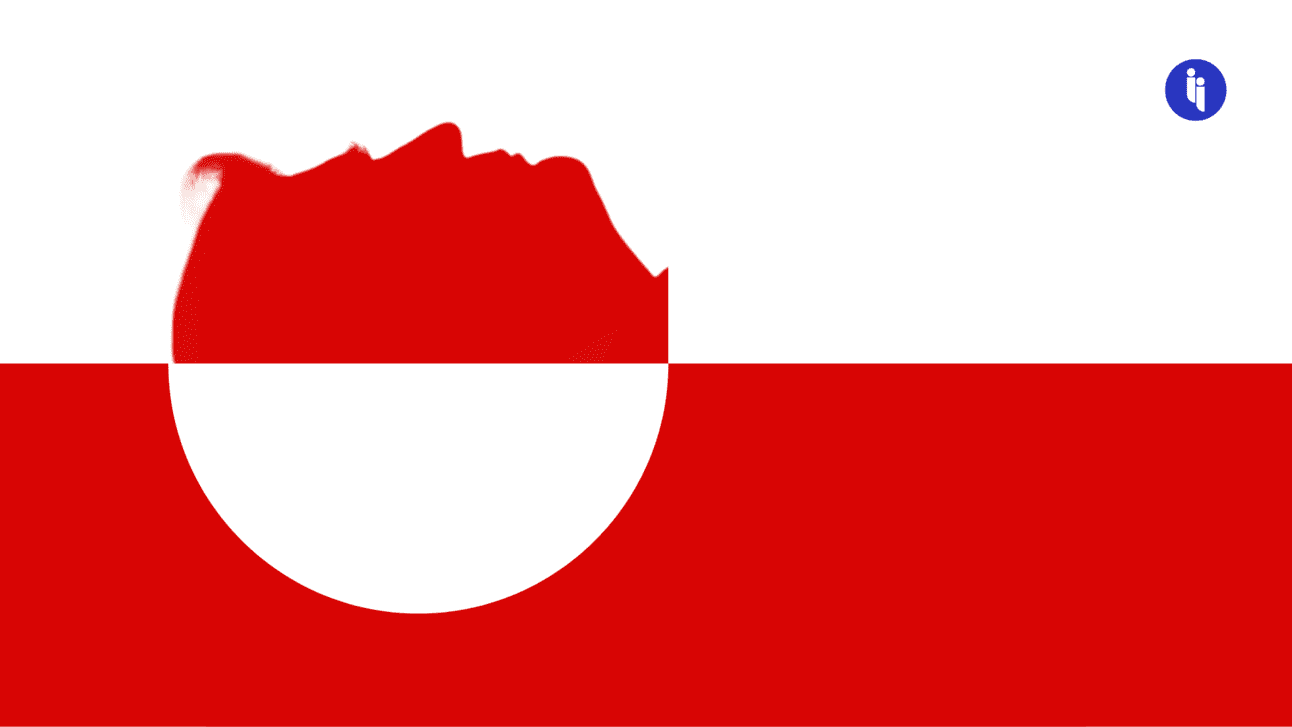When a quiet and distant land suddenly starts popping up on the front pages of international newspapers, it’s often one of three things: i) it’s won a sporting tournament, ii) there’s been some sort of disaster, or iii) someone important is talking about it.
Greenland now falls into category three, though Trump critics might suggest it’s a twofer.
As is so often the case, this story starts with a tweet, courtesy of Trump’s nomination of his next ambassador to Denmark containing a note that US “ownership and control of Greenland is an absolute necessity.” He then followed up with a similar tweet this week.
Stay on top of your world from inside your inbox.
Subscribe for free today and receive way much more insights.
Trusted by 134,000+ subscribers
No spam. No noise. Unsubscribe any time.
In suggesting the US take this autonomous region of Denmark (a US ally), Trump is picking up where he left off in 2019, when Danish leader Mette Frederiksen described the idea as “absurd”, prompting Trump to then cancel an upcoming state visit.
And back then, Trump was really reviving something that’s been on US minds since at least 1867, when Secretary of State Seward eyed Greenland while buying Alaska from Russia. The US later ended up buying the Virgin Islands from Denmark instead to secure the Panama Canal, and recognised full Danish sovereignty over Greenland as part of the deal.
But the idea never really disappeared: US forces held Greenland when the Nazis invaded Denmark, and Vice President Rockefeller revisited the topic in the 1970s. Meanwhile, the US and Denmark signed a treaty in 1951 entrenching the US in Greenland’s defence.
And that all begs the question… why so much US interest in Greenland? Three big reasons:
- Location
Home to fewer than 60,000 people, Greenland sits at the intersection of the Arctic and Atlantic oceans and (mostly) above the Arctic circle, making it ideal to:
- a) Prevent rivals like Russia and China from dominating the Arctic (something we’ve explored recently)
- b) Monitor and control the vast blue, including new shipping lanes opening up as Arctic icecaps melt, and
- c) Control the airspace, which not only lies between the US and its European allies (you’ve probably flown over Greenland on a US-EU flight), but which also covers the likely path for any Russian missiles targeting the US mainland.
This all partly explains why the US has itsPituffik basethere, home to missile warning sensors, space comms, surveillance, a year-round airfield, and the world’s northernmost deep water port. It’s also partly why the US opened a consulate there in 2020.
So location is really the overriding US interest here, but there’s also…
- Minerals
Trump’s first public musings about buying Greenland reportedly followed a White House briefing by an obscure Australian geologist who highlighted the island’s mineral wealth, which has become more apparent as surface icecaps melt more quickly than expected.
For example, Greenland has the world’s largest reserves of rare earths outside China, which now controls around 80% of this key defence and energy tech input. So as the West de-risks away from China, these kinds of resources become crucial.
China knows this (plus the above location points), which could explain why it’s become Greenland’s second-top economic partner after Denmark, though Western pressure has blocked China’s recent attempts to invest in local port and airport infrastructure.
And that all leads us to…
- Timing
Greenland’s leader Múte Egede delivered a remarkable New Year’s address last week, effectively hinting an independence referendum could come as soon as this April. Under a 2009 agreement with Denmark, Greenland could then declare independence.
Like the Danes, Egede has already reiterated to Trump (whose son just visited) that Greenland is “not for sale”, though the island currently depends on $500M in annual subsidies from Denmark. And Trump has now threatened Denmark with “very high” tariffs, and remarkably even just declined to rule out the use of force (ditto with Panama).
So in the above context, you might see why some folks — friend or foe — are taking a line from geopolitical mastermind Justin Bieber, who once declared, “never say never”.
INTRIGUE’S TAKE
It’s worth a quick look at the ways Trump’s words are now rippling around the world.
First, the Danes have nailed it, noting simply that “Greenland belongs to the Greenlanders.” That’s smooth because it’s a) factual, b) less likely to irritate Trump, and c) builds bridges with the Greenlanders themselves, who’ll bring post-colonial frustrations into their independence debate. And in the meantime, this whole saga attracts more Greenland tourism and investor interest, plus more leverage with Copenhagen (though there’s hesitancy there to invest in a place pondering an exit).
Second, and notwithstanding any longer-term Trump strategy, US rivals like China and Russia will welcome Western divisions, and could quote Trump’s lines back at him in justifying their own expansionism.
And third, it’ll be another reminder to US allies that if long-time stalwarts like Canada and Denmark can cop Trump 2.0 surprises, anyone can.
Also worth noting:
- Greenland is around three times the size of Texas, with ice covering ~80%.
- While many Greenlander elites speak Danish, the official and most widely-spoken language is Greenlandic, which is closely related to Inuit languages.








